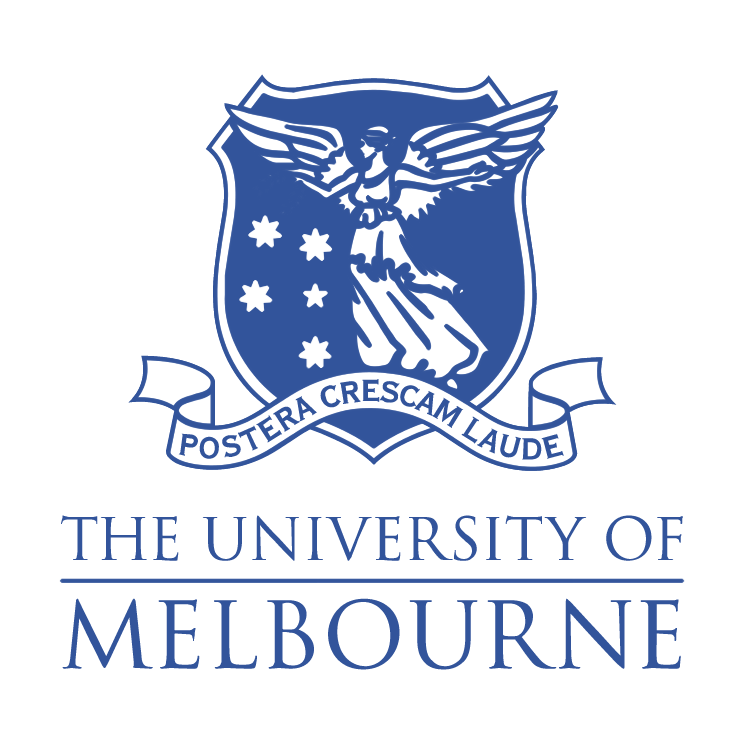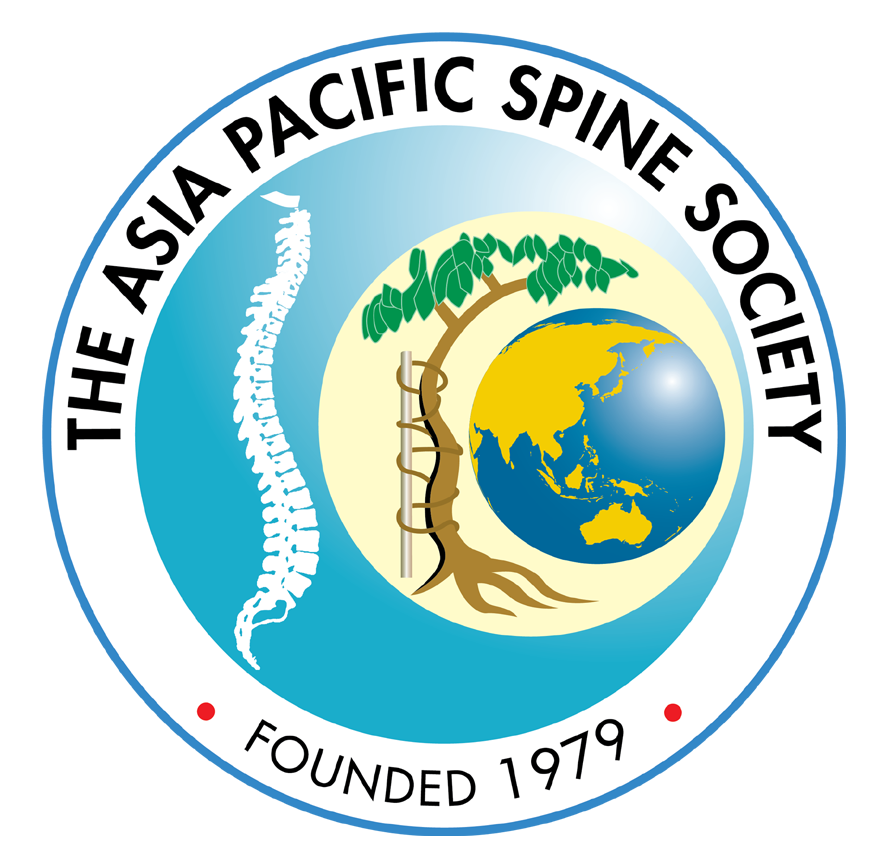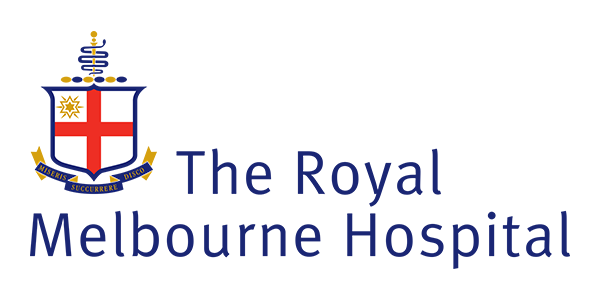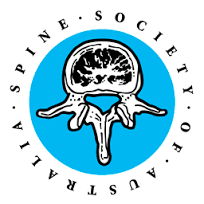Scoliosis
Scoliosis is more commonly known as curvature of the spine. It can occur at any age but usually starts in children and teenagers. It is also more common in girls than boys. It is estimated to occur in roughly 3% of the paediatric population.
With scoliosis, the spine tends towards an exaggerated C or S shape, which is caused by the vertebra twisting around one another in a corkscrew manner. This is often a gradual process that can go unnoticed until it becomes quite pronounced.
Often the cause of scoliosis is unknown but there is also little evidence to suggest a poor posture is to blame. There can be a genetic component.
For most scoliosis patients there is no pain associated with the condition but sometimes, lower back pain may be experienced.
Treatment
Bracing is the most common treatment for scoliosis. Adjustable braces can be used in order to accommodate a growing child and prevent further curvature of the spine.
In more severe cases, surgery may be needed. The surgery involves inserting metal rods to hold the spine in proper alignment. Contrary to common belief, the overall flexibility of the spine is rarely significantly affected. There have been many elite sportspeople and dancers who have had scoliosis surgery whilst growing up.
Physiotherapy may also be needed as part of a wider treatment plan.
There has been much recent advancement in the treatment of scoliosis. New X-Ray methods are able to cut down the radiation from scans by up to 40 fold.
There are also emerging surgical techniques aimed at preserving the flexibility of the spine by inserting in a flexible ‘tether’ rather than a traditional metal rod to help correct the scoliosis. This is known as scoliosis tethering or vertebral body tethering (VBT). It is important to note there are currently no long-term results for these procedures.
As with many conditions, early intervention improves patient outcomes.
Treatment and monitoring of scoliosis may be life-long for some patients.
